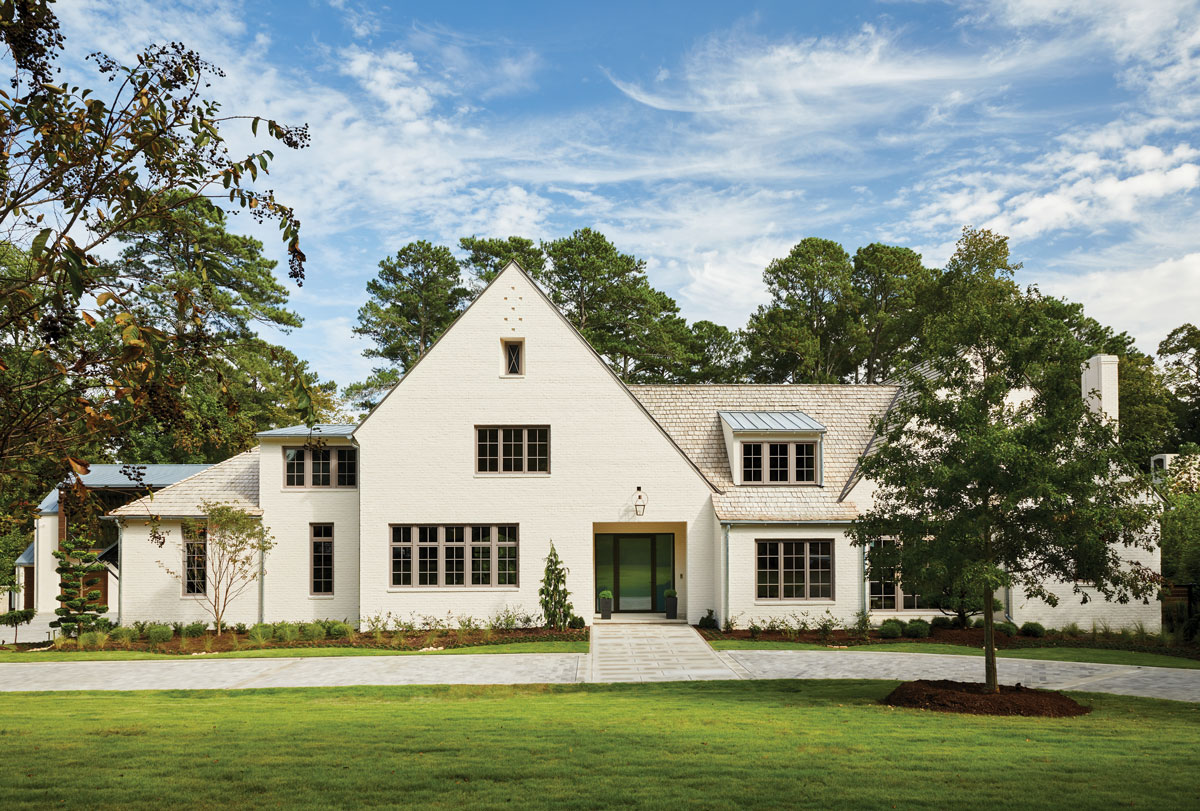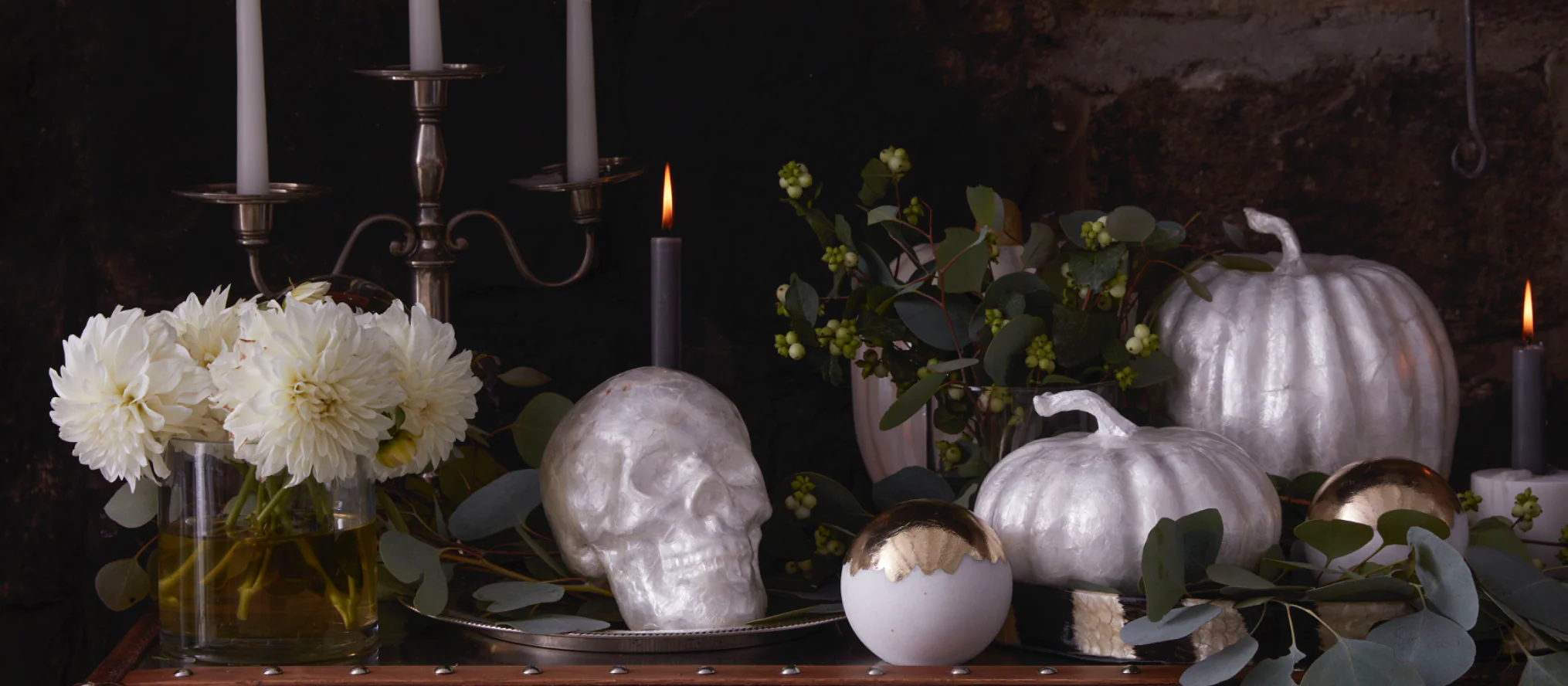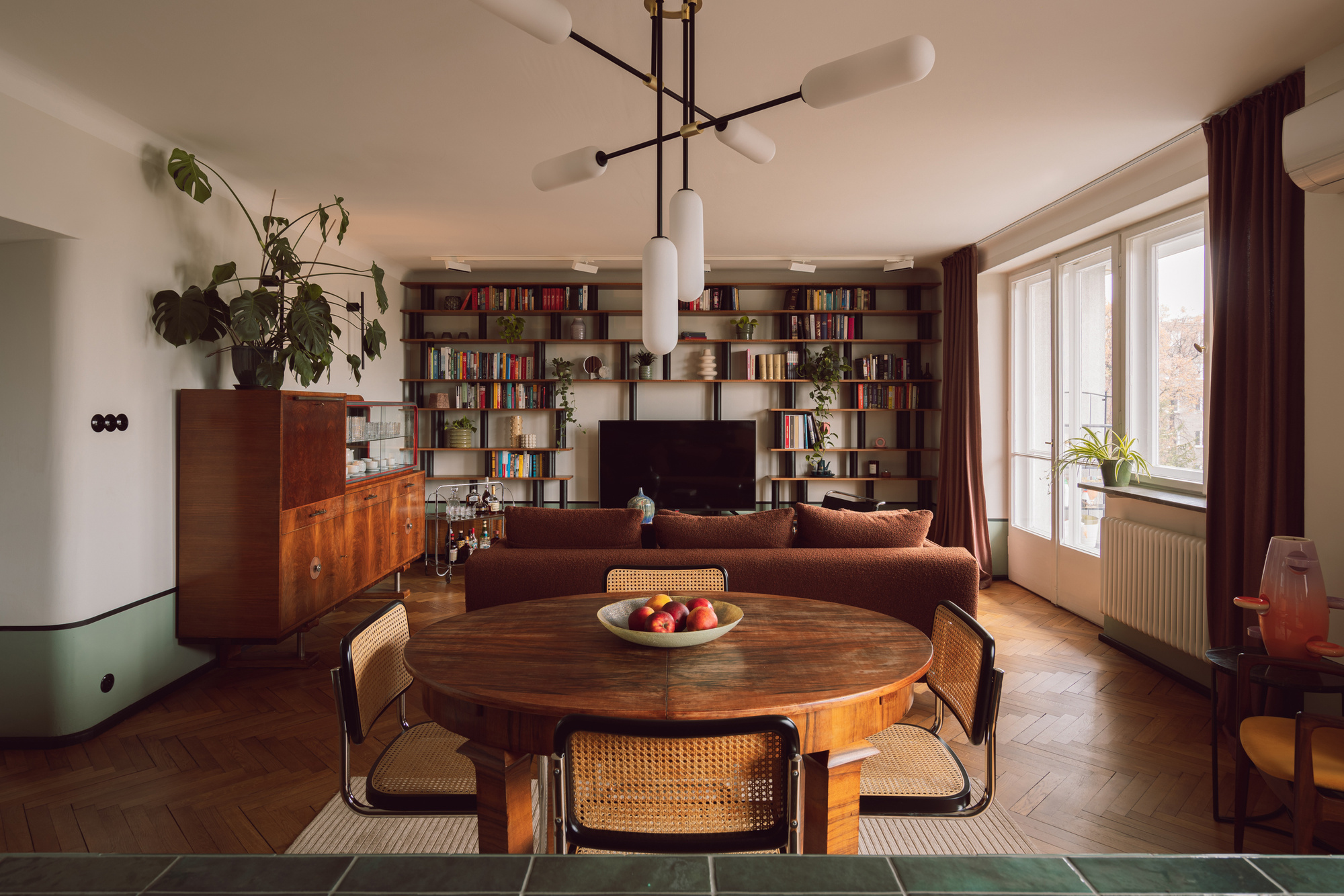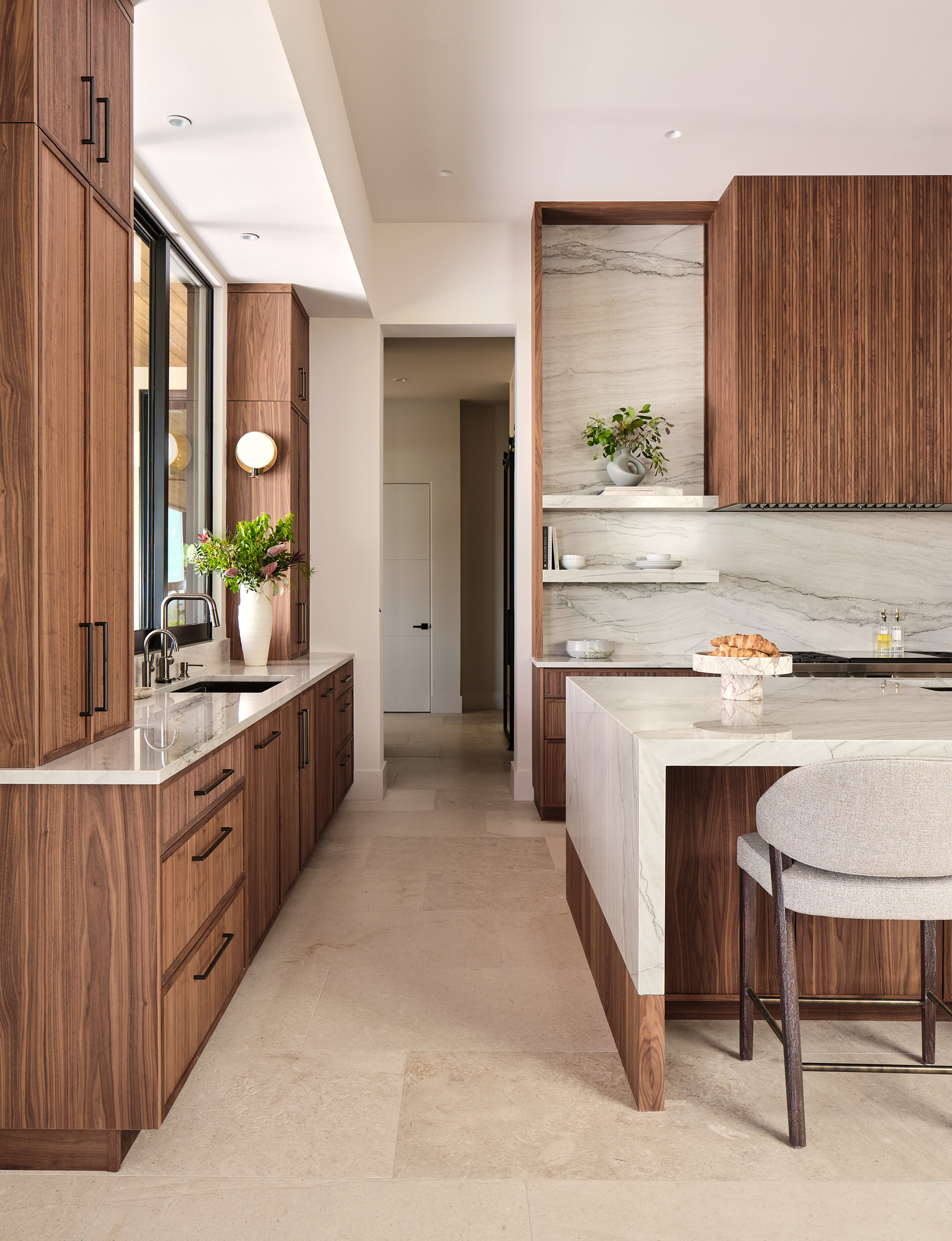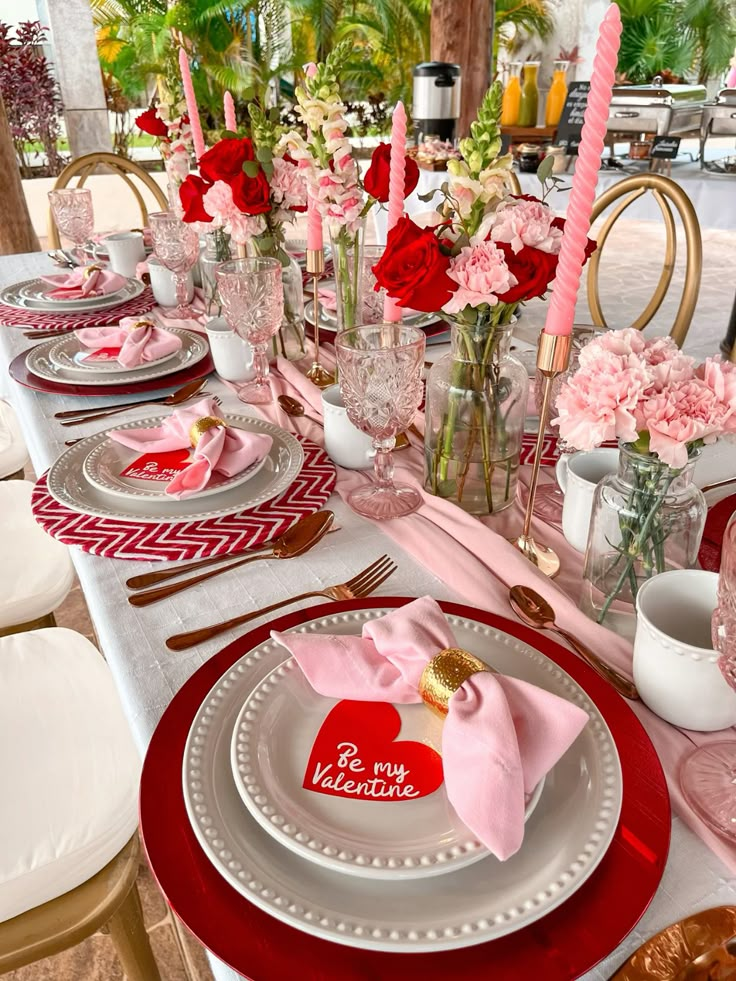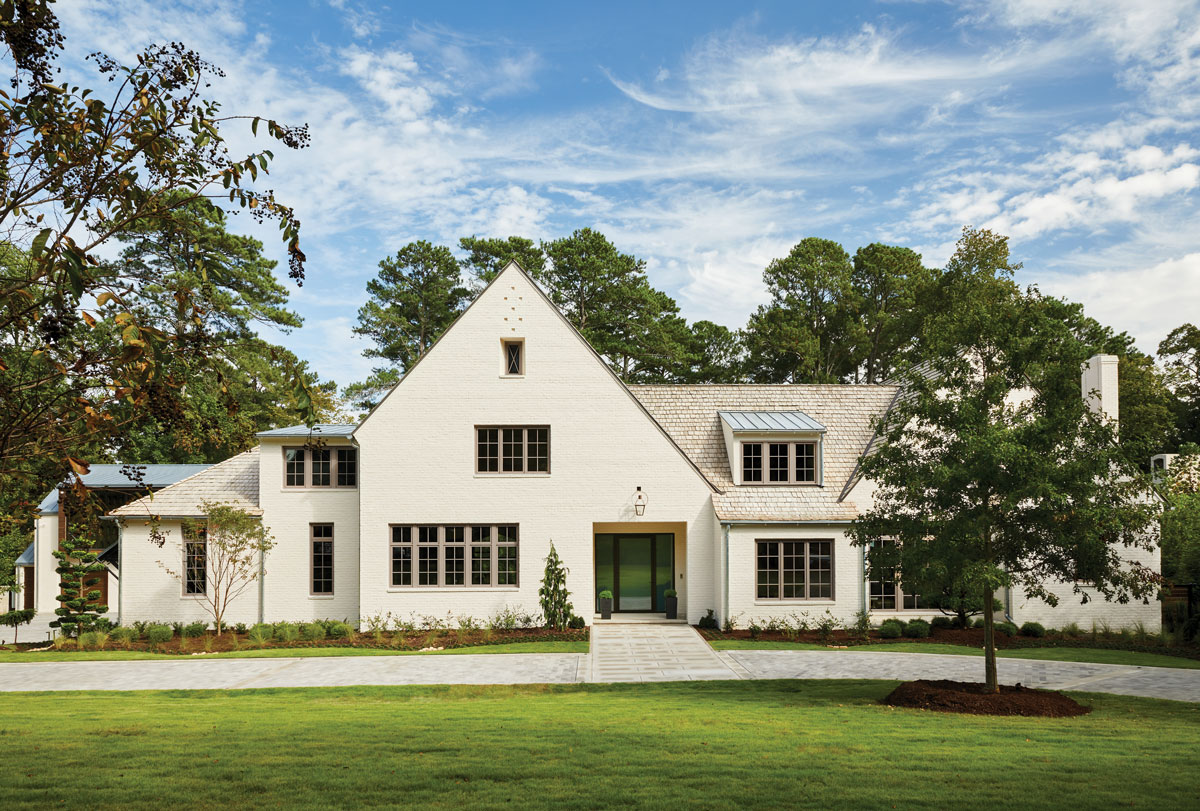
They say that choosing a home is one of life’s biggest decisions — and not just because of where it’s located. The type of home you choose shapes your everyday rhythm, lifestyle, and even how you connect with your surroundings. From airy lofts in bustling city centers to cozy cottages surrounded by nature, each style comes with its own character, benefits, and compromises. Whether you dream of low-maintenance living or long for a place to truly make your own, understanding the different types of homes can help you find the perfect fit.
A condominium, or condo, is a private residence located within a larger complex or high-rise building. Each owner holds the title to their individual unit while sharing common spaces such as fitness centers, lounges, and pools with other residents. Condos are often designed for convenience, offering professional maintenance and security services that appeal to busy urban dwellers. Many are located in central neighborhoods with easy access to shops, dining, and public transport.
Pros: Shared amenities, less maintenance, often located in convenient areas.
Cons: Monthly HOA fees, less privacy, limited control over shared spaces.
A townhouse is a multistory home that shares one or more walls with its neighbors but has a private entrance and often a small outdoor area. These properties provide a balance between the space of a single-family home and the convenience of a condo. Townhouses are commonly found in communities offering shared amenities such as parks or clubhouses. They’re ideal for those seeking more space without the full responsibility of detached home ownership.
Pros: More space and privacy than condos, often affordable compared to single-family homes.
Cons: Shared walls, possible HOA fees, limited outdoor space.
A single-family home is a detached property built on its own parcel of land, providing full privacy and independence. These homes vary greatly in style and size, from small houses to sprawling estates. Homeowners enjoy full control over the design, landscaping, and maintenance of their property. While offering freedom and space, they also require greater upkeep.
Pros: High level of privacy, more outdoor space, complete ownership.
Cons: Higher maintenance costs, more responsibilities.
Pros: More space and privacy than condos, often affordable compared to single-family homes.
Cons: Shared walls, possible HOA fees, limited outdoor space.
A cottage is a small, picturesque home known for its cozy atmosphere and charming details. These homes are often found in rural or coastal areas and may feature gardens, wood accents, and a warm, inviting layout. Cottages appeal to those who value character over size and prefer an intimate connection with nature. They often serve as vacation or weekend retreats but can also be comfortable year-round homes.
Pros: Cozy and character-filled, typically surrounded by nature.
Cons: Limited space, may require frequent maintenance, less suited for large families.
A cabin is a rustic home built primarily from wood and located in forested, mountainous, or lakeside regions. These dwellings emphasize simplicity and a connection to the outdoors, often featuring fireplaces, porches, and natural materials. Cabins are popular as second homes or seasonal getaways, offering peace and isolation. Many modern cabins combine traditional charm with contemporary comfort, blending nature with design.
Pros: Peaceful setting, perfect for nature lovers, great as a getaway home.
Cons: Remote location, limited access to utilities, often seasonal use.
A beach house is designed to embrace coastal living, with open layouts, large windows, and breezy interiors. Located along shorelines, these homes make the most of ocean views and natural light. Beach houses often feature decks, patios, and spaces that transition seamlessly between indoors and outdoors. While offering a serene lifestyle, they require diligent maintenance due to exposure to salt and humidity.
Pros: Scenic views, relaxed lifestyle, strong rental potential.
Cons: High maintenance due to salt air and humidity, expensive insurance.
A loft is an open-concept living space, usually converted from industrial buildings or warehouses. Characterized by high ceilings, exposed beams, and large windows, lofts exude a modern, urban charm. They often attract creative professionals and those who value flexibility and design freedom. While stylish and bright, lofts may offer limited storage and privacy.
Pros: Spacious and bright, unique architectural character.
Cons: Less privacy, limited storage, can be noisy in busy neighborhoods.
A bungalow is a single-story home known for its simple, functional layout and classic architectural appeal. With low-pitched roofs and welcoming porches, bungalows are popular in both historic and suburban neighborhoods. They’re well-suited for families, retirees, or anyone who prefers one-level living. While cozy and accessible, bungalows often offer less square footage compared to multi-level homes.
Pros: Easy to maintain, accessible layout, cozy design.
Cons: Smaller floor plan, limited privacy in dense neighborhoods.
A duplex or triplex consists of two or three separate living units within a single structure. Each unit typically has its own entrance, kitchen, and living space, making these homes ideal for rental income or multi-generational living. Owners can live in one unit while renting out the others to offset costs. These properties balance flexibility and investment potential but may require extra management.
Pros: Income potential, flexible living arrangements.
Cons: Shared walls, potential for tenant issues, higher upkeep.
A co-op is a shared ownership model where residents purchase shares in a corporation that owns the building rather than owning individual units. Co-ops are especially common in cities and often feature well-maintained properties and strong communities. However, purchasing a co-op typically involves a detailed approval process and board regulations. This housing type suits those who prioritize stability and long-term residence.
Pros: Strong sense of community, often well-maintained buildings.
Cons: Strict approval process, limited flexibility for renting or selling.
A ranch-style home is a single-story residence characterized by its wide, open layout and seamless indoor-outdoor connection. Originating in the mid-20th century, these homes remain popular for their practicality and accessibility. Large windows and sliding doors often open directly to backyards or patios, creating a relaxed and functional living environment. They’re ideal for families and homeowners seeking easy mobility.
Pros: Functional layout, easy access to outdoor space.
Cons: Large footprint requires more land, less vertical space.
A manufactured or mobile home is built off-site in a factory and transported to its permanent location. These homes are an affordable alternative to traditional housing, available in a variety of layouts and finishes. Modern versions often include energy-efficient systems and stylish interiors. While cost-effective, they may have restrictions based on zoning and financing.
Pros: Cost-effective, quick to install, customizable.
Cons: Depreciates over time, limited financing options, zoning restrictions.
A Victorian house is known for its ornate detailing, asymmetrical design, and colorful façades. These homes reflect the craftsmanship of the 19th century, with intricate woodwork and decorative trim. Many have been lovingly restored, blending old-world elegance with modern comfort. They’re especially appealing to those who appreciate history and architecture.
Pros: Distinctive style, architectural value, historic charm.
Cons: Expensive to maintain, less energy-efficient, may require restoration.
An apartment is a rental unit located within a larger residential building or complex. Apartments vary from studios to multi-bedroom units, offering flexibility and convenience. While apartments are typically rented rather than owned, their layouts and features often resemble condominiums. For tenants, the experience is similar—though apartments are usually owned by one entity, while condos belong to individual owners.
Pros: Flexible lease terms, minimal responsibility for maintenance.
Cons: No ownership, limited personalization, potential noise.
A penthouse is a luxury residence occupying the top floor of a high-rise building, often with panoramic views. These exclusive homes feature expansive terraces, high-end finishes, and access to premium amenities. Penthouses represent a pinnacle of urban living, combining privacy with prestige. While offering an exceptional lifestyle, they come at a premium price point.
Pros: Exceptional views, privacy, premium features.
Cons: High cost, limited availability, potentially high HOA fees.
Every home tells a story — not just through its design, but through the way it supports your way of living. The right property type is more than a structure; it’s a reflection of your needs, priorities, and vision for the future. Whether you find yourself drawn to the convenience of a condo or the freedom of a detached house, knowing your options is the first step to making a space that truly feels like home.
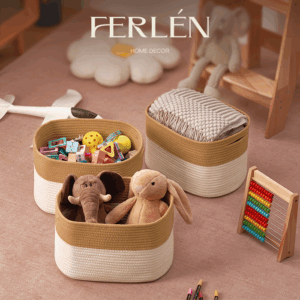
Transform your home effortlessly with this stylish foldable 3-basket set — your solution for a clutter-free environment.
